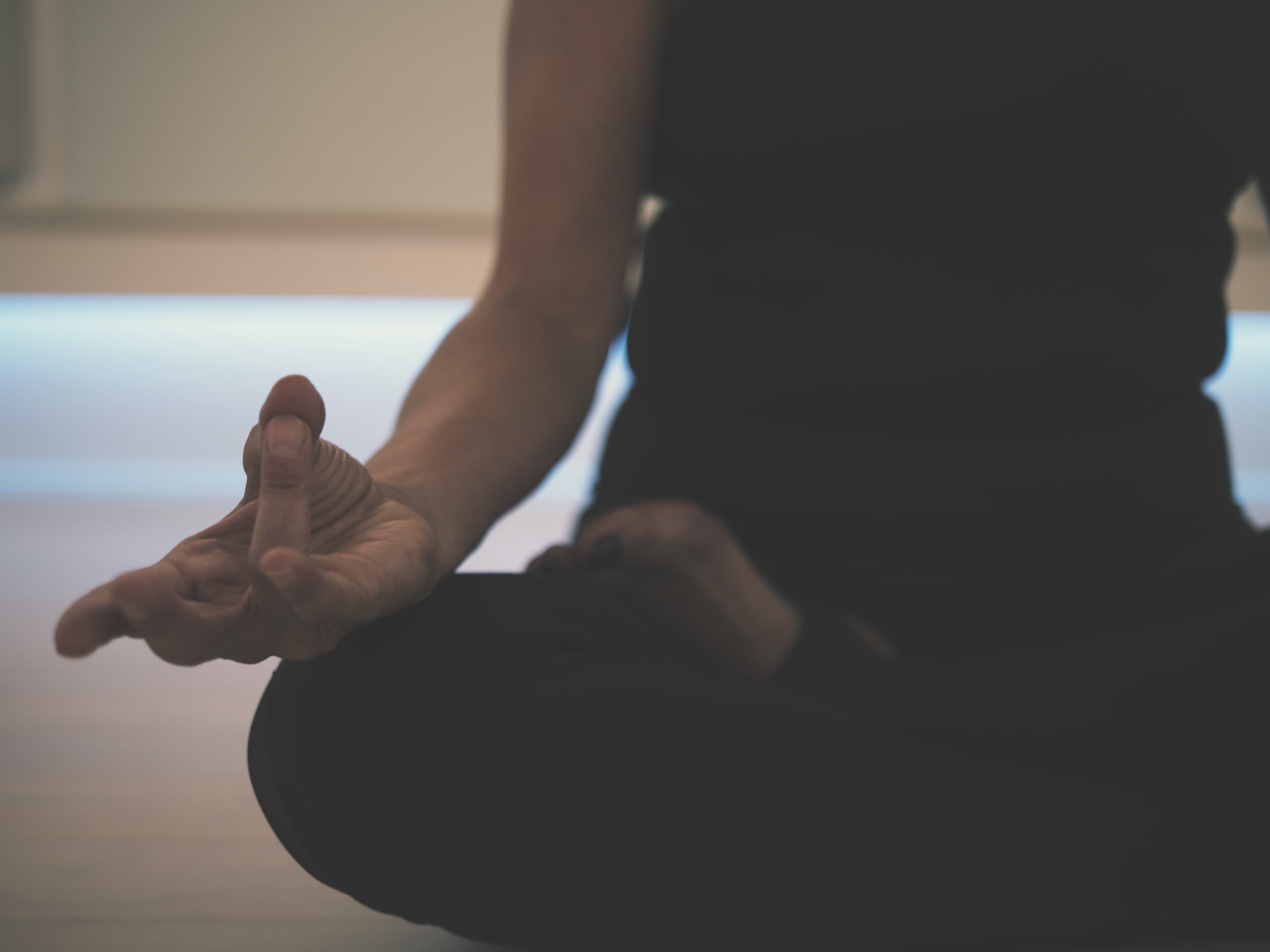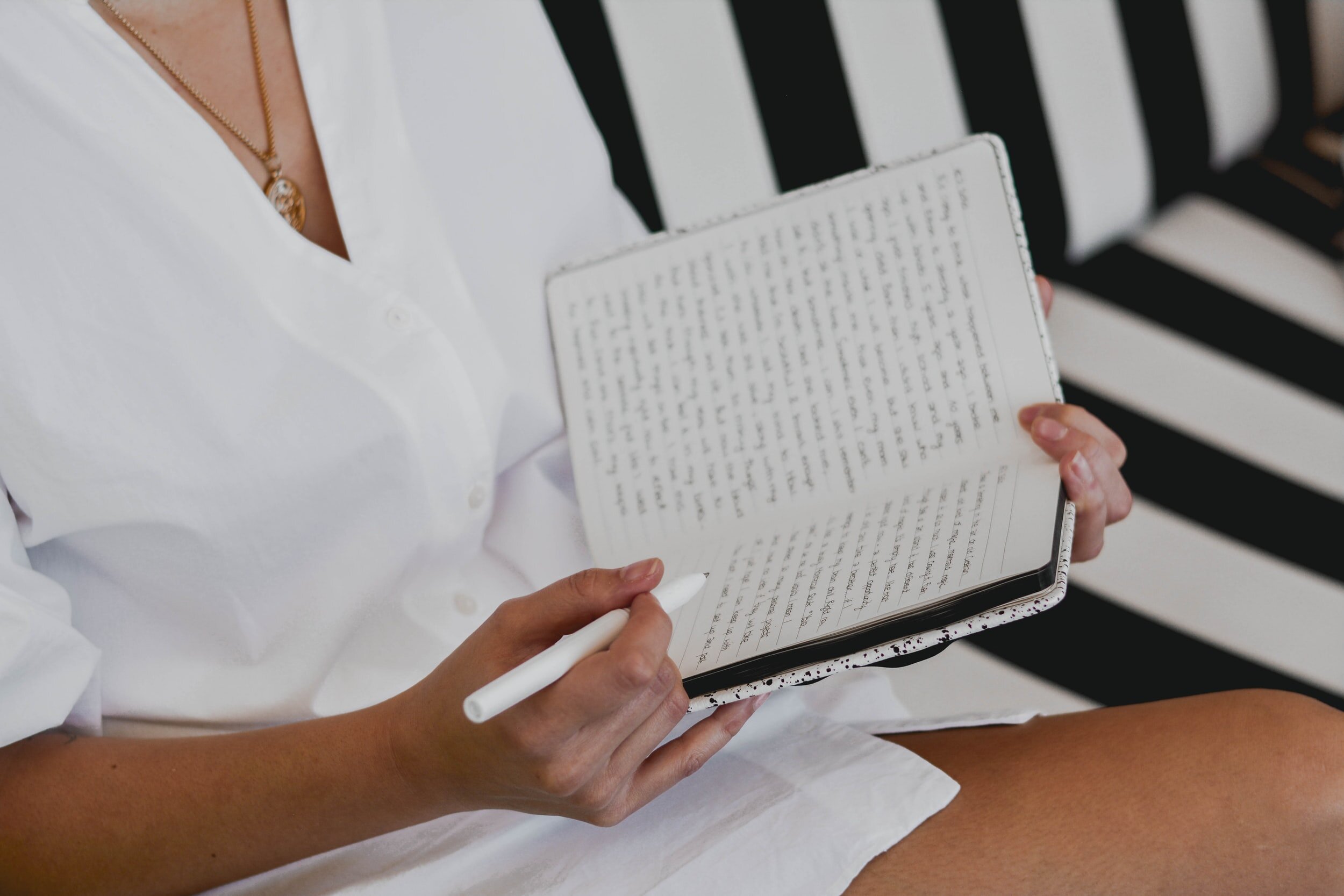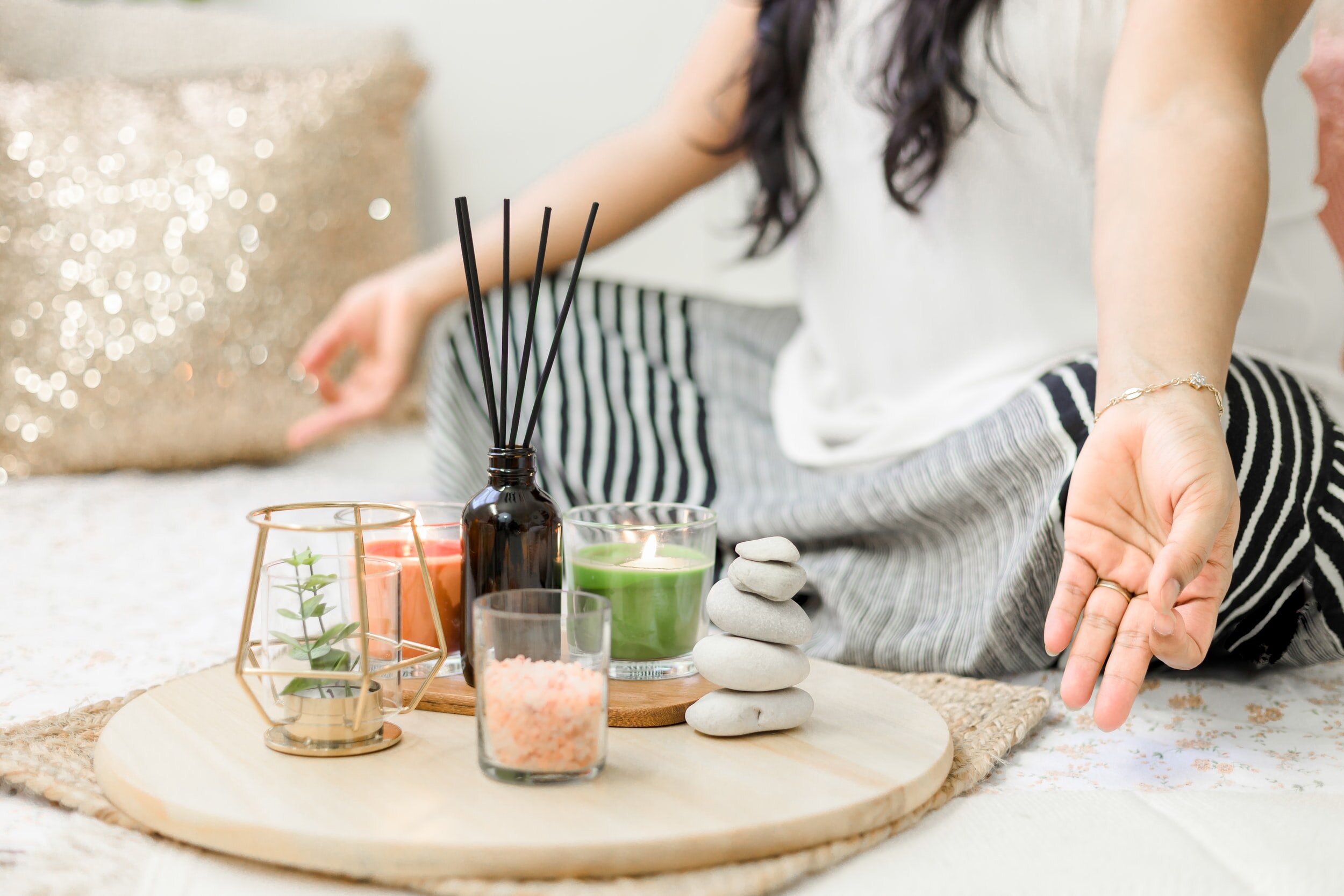If you’ve been interested in starting a meditation practice but not sure where to start, or if you’re looking to refine your practice with tried and true advice, you’ve come to the right place! At Liberate we include a guided meditation in every class. Meditation boasts research-backed benefits for mental and physical health, can reduce stress, and even lower blood pressure. Meditation can be accessible to anyone who is willing to devote a little time and attention to the present moment. We’re sharing tips to help you get started so you can make meditation a part of your daily life.
Create a Meditation Space
First, create a calm and comfortable environment for meditation. This could be your bed, a chair, or a corner of your home dedicated to the practice of meditation, but a specific meditation zone isn’t a requirement. Ideally the space should be free of clutter – the space should be representative of the energy you’re striving to cultivate through your practice. You can meditate walking, in the shower, in bed, at your desk, there is no wrong location as long as you can create the environment to support focus and relaxation.
In your meditation space, you should be able to feel aware and attentive, while relaxed. Also ensure that this is an area where you will not be disrupted for the duration of your session so you don’t lose your meditative state. If you’re brand new to meditation you may feel comfortable laying on a yoga mat. We recommend to avoid laying in bed unless it’s a meditation for sleep, as you may drift off! Try to start your practice seated in a chair with your feet flat on the floor to feel both grounded and awake.
Set a Time for Meditation Practice
Decide to always meditate in the morning or at night to set yourself up for the best chances of sustaining this new routine. Neither one is better than the other; meditation in the morning is a wonderful way to free your mind from any worries and start the day off fresh, and meditating at night can help soothe your mind before heading off to sleep.
Choose to try morning or evening to start, and see how it goes for you. If it is hard to maintain the habit, try the opposite time of day. The most important thing is to select a time of day that you will be able to stick to regularly. See what works best for you!
Make it Natural
Take a look at your daily routines. If you practice yoga every evening, build meditation into this practice so that you finish your flow with a few minutes of meditation. If you drink coffee every morning, meditate with your coffee! There are even walking meditations you can listen to on an afternoon stroll.
The goal is to tie meditation to an existing habit and make it feel natural within your day. Think about what practices you can tie to meditation. Before you know it, this practice will become as intuitive as brushing your teeth.
Start Small
If you feel overwhelmed by the practice, set an alarm to notice your breathing for one minute and start there. If you feel good after one minute, repeat the alarm. I promise it will feel better with practice!
Know that it’s okay to not get it perfect – there is no such thing! If it feels uncomfortable to close your eyes, you can keep a downcast gaze. If you experience incessant thoughts, do not be hard on yourself. The goal of meditation is not to be free of all thought, but to pay attention to the present moment as much as possible. Over time and with practice, your concentration will naturally improve.
Incorporate Calming Elements
Consider including items in your space that activate your senses – a candle for smell, a plant for sight, a blanket for touch, tea for taste, and meditation music or an audio guide for sound. Tuning into the present senses can help cultivate more joy and awareness throughout the practice. Less is more with the space, so find a few things that support your meditation and you can look forward to meditating with them every day. These elements help you focus your attention.
In my personal meditation practice, I always incorporate ambient music, incense, and lavender essential oil. Connecting with these scents and sounds signals to my brain that it is time to go inward and tune out distractions.
Create Consistency
I meditate every day for about 15 minutes every morning, and I pair it with a journaling practice. This sets me up for a successful day no matter what happens. I recommend starting small, with maybe five minutes per day. Strive to meditate at the same time every day to build a natural habit. If daily meditation sounds like a heavy lift, pick one day a week, say every Monday morning, to meditate to start off your week. Before you know it you’ll feel comfortable expanding your practice to multiple days per week and longer sessions.
Deepen Your Meditation Practice
Once you’ve established a consistent routine of meditation, you can choose to explore more varied meditation techniques. There are as many ways to meditate out there as there are meditators, and it is not one size fits all. A body scan meditation helps boost awareness. Some types of mediation include a mantra – a word or phrase that is repeated to anchor the practice. Transcendental meditation is one such form of meditation. There are so many forms of meditation. If a technique does not resonate with you, turn back to another form that you feel called to. Once you begin going deeper you will find even more types of meditation practices that you connect with. Liberate has a library of free guided meditations that you can check out to try different styles. New meditations are offered live on Instagram every Friday!
Know You Can Meditate!
Now that you have some key tools and tricks to get started, take the plunge and start. Trust that you are not going to do it wrong. Just like physical exercise, a mindfulness practice takes time. You are a few mindful breaths away from improved focus, reduced stress, self awareness, and a clearer mind. With some consistency and concentration, you’ll be well on your way to building a beautiful meditation practice!






